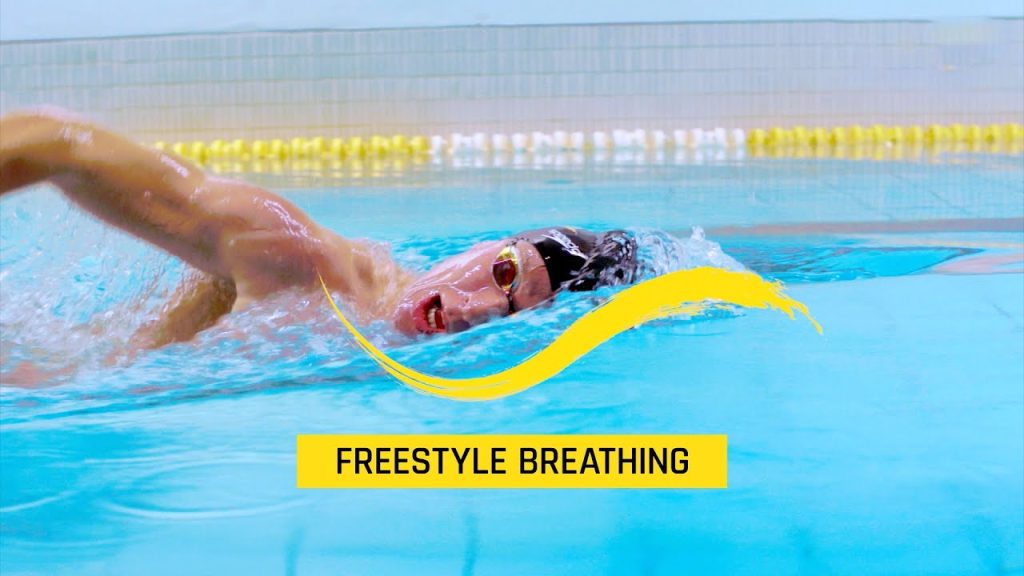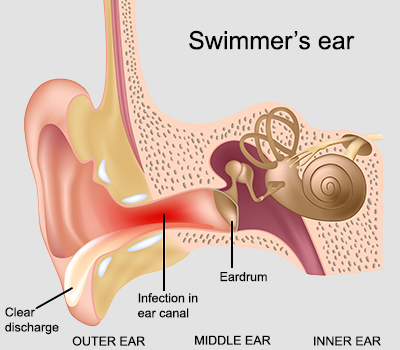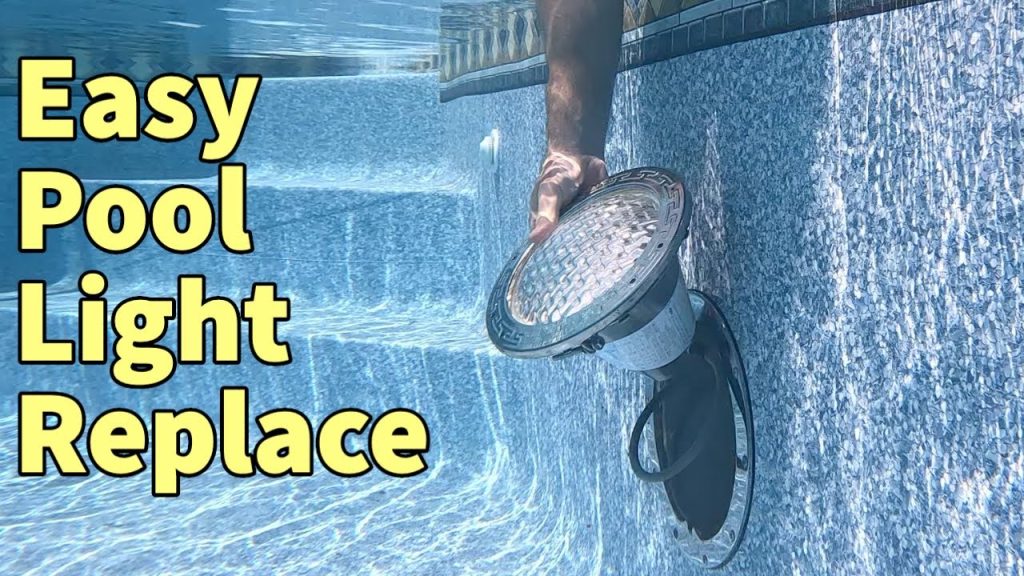Learning how to breathe while swimming is crucial for every swimmer. Proper breathing techniques can improve your performance and make swimming more enjoyable.
Swimming is a full-body workout that demands rhythm and coordination. Breathing the right way ensures you get enough oxygen, avoid fatigue, and maintain a steady pace. Many beginners struggle with this aspect, often feeling short of breath or panicked. But with the right guidance, you can master it.
This blog post will guide you through the steps and tips to breathe effectively while swimming. Whether you’re a newbie or looking to refine your skills, understanding these techniques will boost your confidence and efficiency in the water. Dive in to learn how to make your swimming experience smoother and more enjoyable.
Importance Of Proper Breathing
Proper breathing while swimming is crucial. It ensures you maintain energy and improve performance. Many swimmers overlook this aspect. Yet, it can make a significant difference in your swimming experience.
Benefits Of Correct Breathing
Correct breathing improves your oxygen supply. This helps your muscles work efficiently. You will feel less tired and can swim longer distances. Proper breathing also helps you maintain a steady rhythm. This makes your strokes smoother and more coordinated.
Consequences Of Poor Breathing
Poor breathing can lead to quick exhaustion. You may find it hard to complete laps. It can also cause anxiety and panic in the water. This can be dangerous. Improper breathing disrupts your swimming rhythm. It makes you feel unbalanced and less in control.
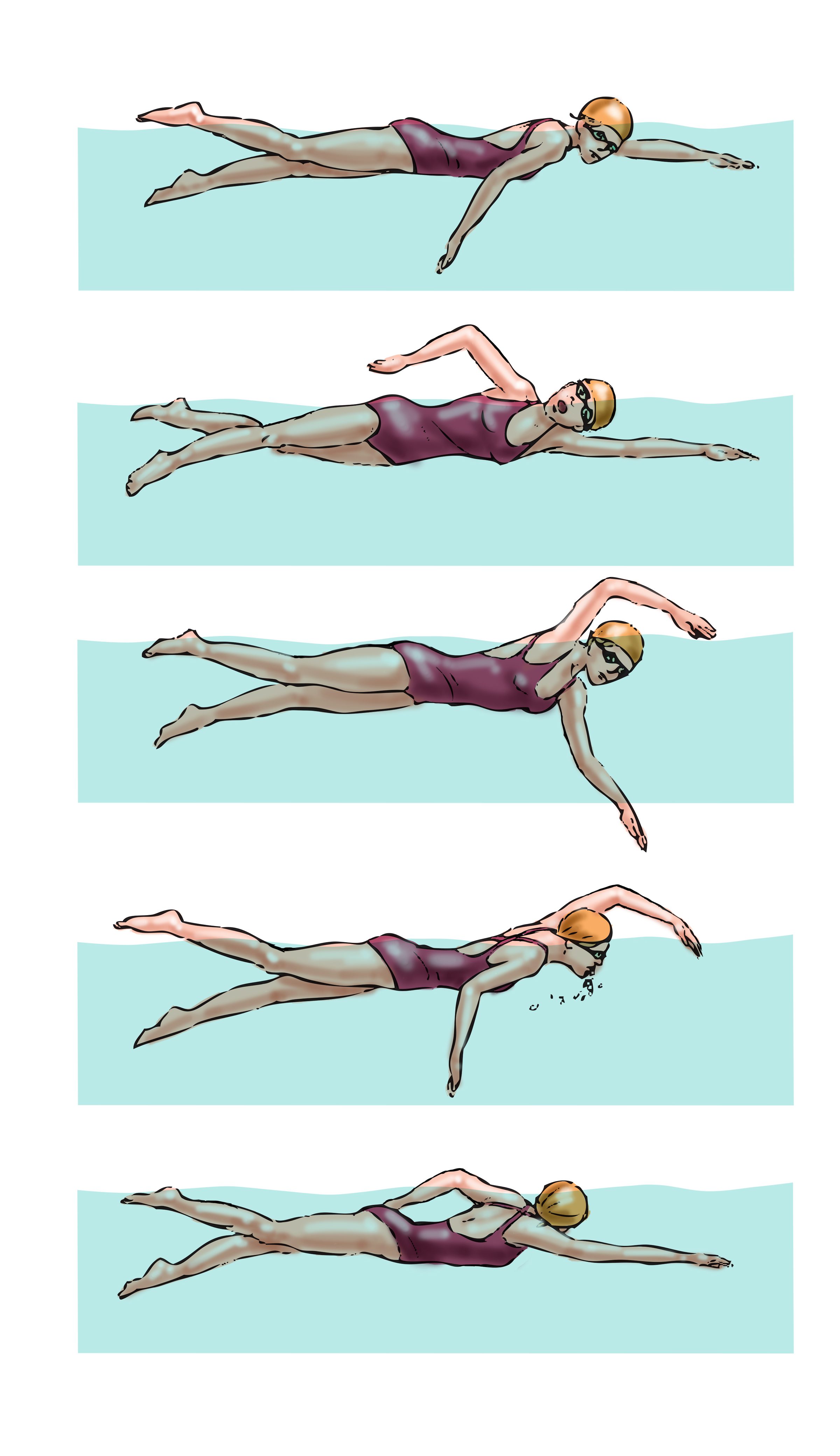
Credit: triathlonmagazine.ca
Basic Breathing Techniques
Basic breathing techniques are crucial for swimmers. Proper breathing improves stamina and efficiency in the water. Learning to breathe correctly helps you swim longer and with less effort. Let’s dive into the essentials of breathing while swimming.
Nose Vs Mouth Breathing
Deciding between nose and mouth breathing is important. Most swimmers breathe through their mouths. Mouth breathing allows for quicker and larger air intakes. This is vital during intense swimming sessions. Nose breathing is less common in swimming. It is slower and doesn’t provide enough oxygen.
Breathing Rhythm
Establishing a breathing rhythm is key. A common technique is bilateral breathing. This means breathing every three strokes. Bilateral breathing helps balance your stroke and reduces strain. Some swimmers prefer breathing every two strokes on the same side. Experiment to find what works best for you.
Remember to exhale underwater. This way, you are ready to inhale as soon as you turn your head. Consistent practice will improve your breathing rhythm. A steady rhythm ensures you get enough oxygen and swim smoothly.
Freestyle Breathing Tips
Learning to breathe properly in freestyle swimming boosts your performance. It helps you swim longer and feel less tired. Here are some tips to improve your breathing technique. These focus on head positioning and timing your breath.
Head Positioning
Keep your head in line with your spine. Look down at the pool bottom. This keeps your body streamlined and reduces drag. When you breathe, turn your head to the side. Do not lift it. Your one goggle should stay in the water. This helps you stay balanced.
Timing Your Breath
Exhale through your nose when your face is in the water. This ensures a steady flow of air. Turn your head to breathe during the catch phase of your stroke. Do it as your arm pulls under your body. Avoid holding your breath. It creates tension and disrupts your rhythm. Practice breathing every two or three strokes. Find what feels most comfortable for you.

Credit: www.youtube.com
Breaststroke Breathing Tips
Learning to breathe correctly while swimming the breaststroke can improve your technique and endurance. This guide will provide some tips to help you coordinate your breathing with your stroke and avoid common mistakes.
Timing With Stroke
Timing your breath with your stroke is crucial. Here’s a simple breakdown:
- Pull Phase: Start to lift your head as your arms pull the water.
- Breath: Inhale quickly as your head rises above the water.
- Kick Phase: Lower your head back into the water as your arms recover and your legs kick.
Practice this timing until it feels natural. Remember to exhale underwater to avoid holding your breath too long.
Common Mistakes
| Mistake | Solution |
|---|---|
| Holding your breath | Exhale slowly underwater to stay relaxed. |
| Lifting head too high | Keep your head low to maintain a streamlined body position. |
| Inconsistent timing | Practice coordinating your breath with each stroke to build a rhythm. |
By avoiding these common mistakes, you can improve your breaststroke breathing technique and swim more efficiently.
Butterfly Breathing Tips
Mastering the butterfly stroke requires an understanding of proper breathing techniques. Butterfly breathing can be challenging, but with the right tips, you can improve your efficiency and speed. This section will focus on essential tips for breathing while swimming the butterfly stroke.
Breathing Pattern
The butterfly stroke has a unique breathing pattern. You need to time your breaths with your arm movements. Here are some steps to follow:
- Start with your face in the water.
- As your arms pull back, start lifting your head.
- Take a quick breath when your head is above water.
- Lower your head back into the water as your arms recover.
Remember to keep the breath short and quick. This helps you maintain your speed and rhythm.
Maintaining Rhythm
Maintaining rhythm is crucial in the butterfly stroke. A good rhythm helps in efficient breathing and reduces fatigue. Follow these tips to keep a steady rhythm:
- Keep your body streamlined.
- Ensure your kicks are consistent and strong.
- Coordinate your arm and leg movements.
- Practice breathing every second or third stroke.
A consistent rhythm will make your butterfly stroke more efficient and less tiring.
| Breathing Tips | Details |
|---|---|
| Quick Breaths | Take short and quick breaths to maintain speed. |
| Head Position | Lift your head just enough to take a breath. |
| Streamlined Body | Keep your body as streamlined as possible. |
| Consistent Kicks | Ensure your kicks are strong and regular. |
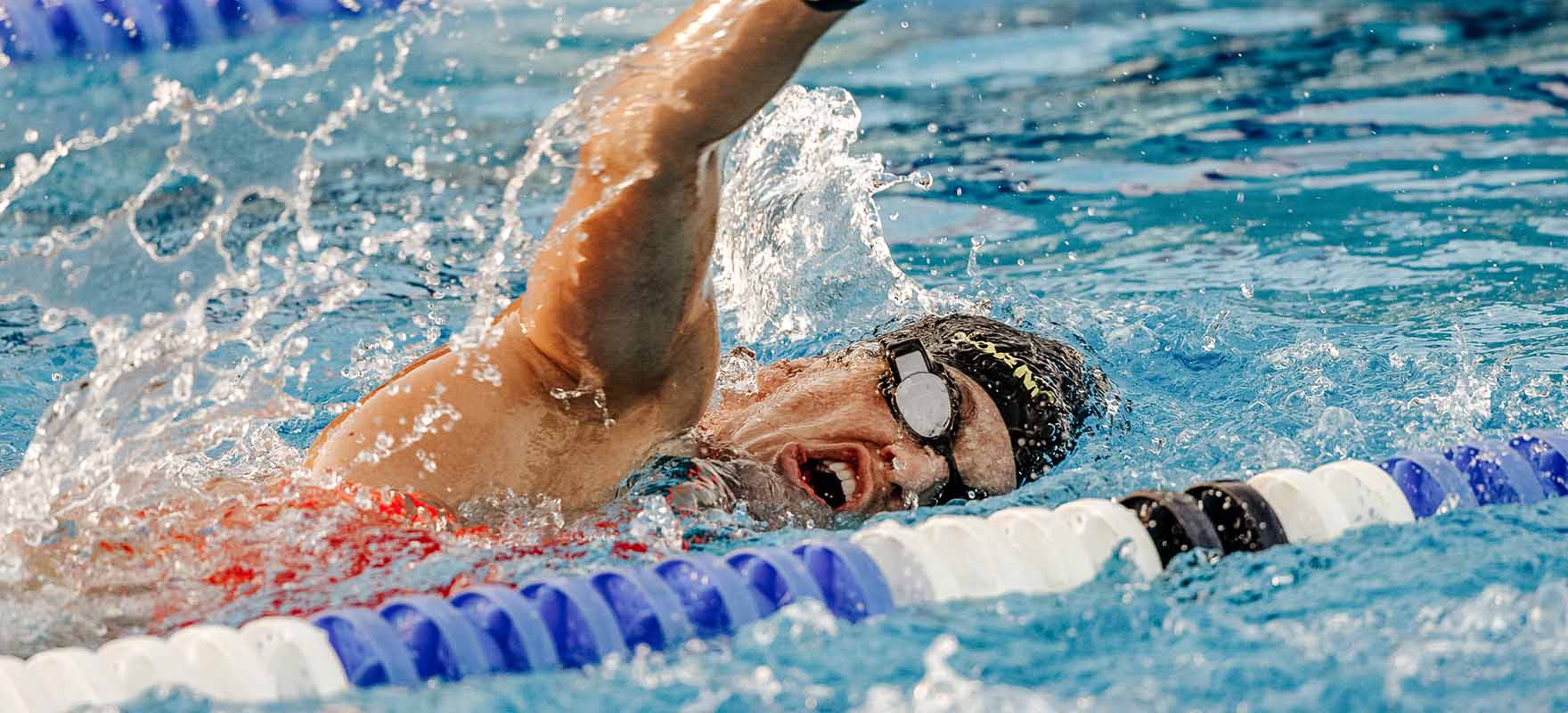
Credit: www.formswim.com
Backstroke Breathing Tips
Swimming backstroke can be challenging for many swimmers. Effective breathing techniques can make a big difference. Let’s explore essential backstroke breathing tips to improve your performance.
Head And Neck Position
Keep your head steady while swimming backstroke. Your face should stay out of the water. Look upwards to maintain a straight head position. Avoid tilting your head to either side. Your neck should remain relaxed. This helps you stay streamlined and reduces drag.
Breath Control
Control your breathing rhythm during backstroke. Breathe in through your mouth. Exhale slowly through your nose while your face is above water. Keep a regular breathing pattern. This ensures your body gets enough oxygen. Timed breathing helps maintain a steady stroke.
Advanced Breathing Techniques
Advanced breathing techniques can transform your swimming efficiency. They help you conserve energy and improve performance. Let’s explore two key methods: bilateral breathing and hypoxic training. These advanced techniques can make a noticeable difference in your swimming.
Bilateral Breathing
Bilateral breathing involves breathing on both sides while swimming. This technique promotes muscle balance. It also helps you stay aware of your surroundings. By breathing on both sides, you can avoid neck strain. Start by practicing during your warm-up laps. Alternate your breathing every three strokes. Gradually increase the distance you use bilateral breathing.
Hypoxic Training
Hypoxic training means reducing the frequency of breaths. This technique improves your lung capacity. It also trains your body to use oxygen more efficiently. Begin with short distances, holding your breath for two strokes. Gradually increase the number of strokes before taking a breath. Always ensure you do this under supervision. Safety is crucial when practicing hypoxic training.
Practice Drills For Improvement
Swimming and breathing can be tricky to master together. Practice drills help you improve your technique. These drills focus on breathing rhythm and stroke timing. They are simple yet effective.
Single Arm Drill
The Single Arm Drill helps you focus on breathing. Use one arm to swim while the other stays by your side. This drill lets you concentrate on your breath and body position. Keep your head still and breathe to the side. Rotate your body with each stroke for better balance.
Catch-up Drill
The Catch-Up Drill improves your timing and breathing coordination. Swim with both arms moving alternately. Wait for one hand to “catch up” with the other before starting the next stroke. This drill slows down your stroke, giving you time to breathe. Focus on smooth, steady breaths. It also helps you maintain a balanced body position.
Common Breathing Mistakes
Proper breathing is essential for effective swimming. Many swimmers make common mistakes that can hinder their performance. Understanding and correcting these mistakes can make a big difference.
Over-rotating Head
One common mistake is over-rotating the head. Swimmers often turn their head too much while breathing. This can throw off body alignment. It also creates more drag and slows you down. Aim to keep one goggle in the water while breathing. This helps maintain balance and streamline.
Holding Breath Too Long
Another mistake is holding breath too long. Some swimmers hold their breath until they feel desperate for air. This creates tension and disrupts rhythm. Instead, exhale continuously underwater. This way, you can take quick, efficient breaths when you turn your head.
Tips For Open Water Swimming
Swimming in open water is different from swimming in a pool. There are no lane lines to guide you and the water can be unpredictable. Here are some tips to help you breathe better while swimming in open water.
Dealing With Waves
Waves can make breathing difficult. To manage this, try breathing to the side opposite the waves. This helps you avoid taking in water. Practice bilateral breathing. Breathe on both sides in your training. This makes it easier to switch sides when needed.
Another trick is to lift your head slightly higher than usual when you breathe. This can help you stay above the waves. Use a steady and rhythmic breathing pattern. This keeps you calm and reduces panic in choppy water.
Sighting While Breathing
Sighting is important in open water swimming. You need to see where you are going. To sight properly, integrate it with your breathing. Lift your head just enough to see ahead. Then turn to the side to breathe. This minimizes drag and keeps you moving smoothly.
Practice sighting every few strokes. This helps you stay on course without disrupting your rhythm. Try using landmarks to guide you. Boats, buoys, and buildings can be helpful reference points.
| Tips | Benefits |
|---|---|
| Breathing opposite the waves | Reduces intake of water |
| Bilateral breathing | Flexibility in breathing |
| Lifting head higher | Keeps you above waves |
| Steady breathing pattern | Reduces panic |
| Integrate sighting with breathing | Minimizes drag |
| Practice sighting | Keeps you on course |
Follow these tips to improve your breathing and sighting in open water. With practice, you will feel more confident and efficient in your swim.
Frequently Asked Questions
How Do You Breathe Correctly While Swimming?
Breathing while swimming requires timing and technique. Turn your head to the side, inhale quickly, and exhale underwater. Practice helps.
Why Is Breathing Important In Swimming?
Proper breathing ensures you get enough oxygen, prevents fatigue, and helps maintain rhythm and efficiency during your swim.
How Often Should You Breathe While Swimming?
Breathing every two to three strokes is ideal. Adjust based on your comfort and swimming intensity.
What Are Common Breathing Mistakes In Swimming?
Common mistakes include holding your breath, lifting your head too high, and improper timing. Focus on smooth, rhythmic breathing.
Conclusion
Learning how to breathe while swimming is essential. Good breathing techniques improve your stamina. Practice regularly to get comfortable with the water. Always focus on maintaining a steady rhythm. Remember, proper breathing reduces fatigue and enhances performance. Keep your body relaxed and find your own rhythm.
With time, it will become second nature. Happy swimming!

